|
Trains, trams and automobiles. 1) F1 arriving into Platform 1 at Sydney Central station with car C 3426 leading. It was the leading car on the official “first train” to cross the Sydney Harbour Bridge on opening day in 1932. (Vincent Cavanagh) My father and I were in attendance on Sunday (25 February 2024) for our first Sydney Tramway Festival, which is held annually in Loftus, NSW. We had booked tickets for the Sydney Tramway Festival Express from Sydney Central to Loftus, and back, aboard the Sydney Single Deck Suburban F1, a.k.a. “the Red Lady”, which is operated under partnership between Transport Heritage NSW, Historic Electric Traction and Sydney Trains. 2) F1 readying to depart Central, Platform 1. Motor car C 7396 is on the Loftus end of the train. (Vincent Cavanagh) 3) Passing through Oatley station, where the first electric train ran from here to St James on 16 August 1926. (Vincent Cavanagh) We departed Sydney Central at 9:28am, travelling on the Eastern Suburbs Line to Redfern before continuing on down the Illawarra/South Coast Line proper towards Loftus railway station. We arrived at Loftus two minutes ahead of our scheduled arrival at 10:20am. Upon leaving F1 we were greeted on the platform and issued our tickets to the Sydney Tramway Museum by museum staff. The price of the entry tickets was included in the booking for travelling on F1. 4) Two kinds of heritage transport greeting us at the entrance to the Sydney Tramway Museum: a penny-farthing bicycle and Brisbane ‘Dropcentre’ #295. (Vincent Cavanagh) 5) 1975 Holden FC ‘Yellow Cab Co.’ taxi, Sydney Bus Museum. (Vincent Cavanagh) 6) Model A Ford in resplendent red paintwork among the line of members’ vehicles from the Model A Ford Club of NSW. (Vincent Cavanagh) We had only about an hour-and-a-half or so to look around the museum before we had to return to the station for our return journey to Sydney Central at approximately 12:05pm. Thankfully when we got to the museum gates, we found out that the museum had reserved the coupled Sydney O-Class trams (#1111 and Powerhouse Museum #805) for the passengers arrived from F1. We promptly took our seats as the tram set was about to head off on its shuttle along the rails to the Sutherland railway substation and back again, passing Loftus TAFE, University of Wollongong’s Sutherland campus and the Sutherland Army Depot. 7) 1920s P-Class #1497 ‘Toastrack’ tram returning from Sutherland railway substation, as viewed from Powerhouse Museum #805. (Vincent Cavanagh) 8) Powerhouse Museum O-Class #805 coupled behind Sydney Tramway Museum #1111 awaiting their next run up the line to the substation. (Vincent Cavanagh) The Tramway Festival itself was not solely concerned with trams. The museum was host to classic automobile clubs, model ship builders and other modellers who were set up inside of Sutherland substation—sadly, we didn’t have any time to go in look ourselves—and the Sydney Bus Museum, which had brought along a heritage Sydney double-decker bus and Yellow Cab Co. taxi for visitors to ride in for the price of a gold coin donation—yet again, too little time. 9) Ballarat ‘Dropcentre’ #37 queued behind R1-Class #2001, both awaiting their next journeys. (Vincent Cavanagh) After grabbing lunch from the 1st Sutherland Sea Scouts BBQ set up under the awnings of the Railway Square waiting shed (1907–1973) and a transference of monies inside the Museum Bookshop we made our way back to Loftus station to await the return of F1 from a siding in Waterfall station. 13) State Rail Authority (SRA) map of Sydney System network, circa mid-1980s, above the doorway in C 3426. (Vincent Cavanagh) 14) F1 in Sydney Central Platform 1 at the end of the morning Sydney Tramway Festival Express shuttle. (Vincent Cavanagh) 15) F1 awaiting the start of the evening shuttle. Motor car C 7396 on the Loftus end of the train. (Vincent Cavanagh) We returned to Sydney Central at 12:55pm and made our farewells with F1. The second, and last, shuttle of the day would be leaving at 1:30pm. All in all, it was a very full day out indeed. Vincent Cavanagh 27 Feb 2024.
0 Comments
A day out on Sydney rails. On 28 January 2024, my father and I partook in the East Coast Heritage Rail: Goods Road* Tour from Sydney Central Station. We were on the second of the two tours for the day: 11am and 1pm AEDT, respectively. The tour departed and arrived on Central Station Platform 3. It was a heritage consist of various Department of Railways New South Wales railway carriages and hauled for the day by a 421 Class diesel locomotive, 42105 ‘Chumsayer’, owned and operated by private owner Chumrail. We were booked in an N type carriage at the front of the train next to 42105. Our train departed Central at 1pm on its balloon loop route encompassing the Inner West and Canterbury Bankstown regions. We headed out on the Western Line (T1) towards Lidcombe where we turned south briefly onto the Bankstown Line (T3) before turning back eastwards, just after Regents Park Station, onto the Sefton Goods Line. We passed through Chullora Rail Yard on the southern boundary of Rookwood Cemetery and then turned south once more heading through Enfield Marshalling Yards, one of the more major and visible reminders of the original extent of Enfield suburb before boundary redistributions by government. After Enfield we re-joined the Bankstown Line proper at Campsie, passing through Dulwich Hill and having a gander** at the unopened Sydney Metro conversions of half of the Bankstown Line at Sydenham as part of the Metro South rail project. We returned to Central Station an approximate hour-and-twenty-minutes after our departure. All in all, it was a good day out on the rails, but I think it’s only helped crystalize my preference for journeys that have set destinations more so than just “wandering about”, but that’s just me. Vincent Cavanagh 21 Feb 2024 * An unfortunate Americanization of railway terminology in the past few decades in NSW. Railways in NSW (at least from their inception) used the British railway vernacular (railway, lines, carriages). Whereas South Australia has actively used the United States vernacular (railroad, roads, cars) ever since the appointment of American William Webb as Chief Commissioner in 1922.
** Gander : to have/take a quick look. Website refresh for 2024. As you may have surmised, I have once again change this website's appearance. Cosmetically, it is not too much of a departure from the previous design, but it does have one or two improvements on the later. The main one being a dividing line between blogpost titles and the start of the post. (Yes, I am that picky over visual design.)
On the formatting side of things, I have broken down the WYD 2023 Blog Archive posts into Country sections (e.g., Italy, Portugal, etc.) to give a visual break and create landmarks for readers to navigate with. I have also begun implementing sectioning my Artwork pages, breaking them down by Yearly Quarter (e.g., Q1, Q2, and so on.) If for no other reason than being visually neater. Also, I do prefer this new website theme's rendering of hyperlinks with underlining. Visually helpful for someone looking at this site with their phone set to black-and-white mode or for those who are colour-blind. Once again, until next and Happy New Year. Vincent Cavanagh 7 Jan 2024 The following is a revised version of my earlier blogpost (published 25 September 2023) about the “Vocations Night talk by Fr Marek Woldan.” The previous version contained minor inaccuracies and miscommunication of key facts owing to the brevity of the notes that I took during his talk and has led to unforeseen misunderstandings by readers of Fr Marek’s personal wellbeing. As of the publication of this revised blogpost, the previous version has been removed from my website to avoid any further confusion. I am thankful to Fr Marek for reaching out to me to help me correct the record on all previously mentioned points. How God speaks to us simply, in ways that He alone knows that we can understand.
Unfortunately, he was left at somewhat of a disadvantage by the semi-regular speaker Fr Samuel French (who sent his regards for that night) who had already covered every possible topic about vocations under the sun prior to World Youth Day Lisbon. So, what could Fr Marek possibly talk about to a dining table of two dozen or so Catholic youth? He chose simplicity and talked from his own experience. Fr Marek was 7 years old, back in Poland, when he first knew his vocation in life. At the time his two older siblings were preparing for their First Holy Communions. He recalled that somehow, he had picked up a prayer book and was reading it. Even looking back, he knew that he could not understand much of what was in it, but he was reading it. Then his mother walked into the room where the little Marek was and said: “Ah, Marek, I see that you are going to become a priest.” Not wanting to upset his mother, he said, “Okay.” Later on in his life he was thinking about it. When all his classmates from school were worrying about which high school to go to, Marek was not worried. He knew that he was going to be a priest. It was very convenient to know it from that time, there was no uncertainty for him to deal with. In seminary, around Year 2 or the beginning of Year 3 you are investured with the black cassock of a priest, and (in Poland) you are to no longer wear secular/common clothing. This is a very important threshold within a seminarian’s journey to becoming a priest. A visible sign that you are truly serious about answering God’s call to this holy vocation. No former seminarian would wish to be remembered amongst his community for going through with his investiture only to then say that the priesthood is not his true calling. It is far better for you to resign before this moment happens, Fr Marek told us. So, it was at this important threshold in his own journey of discernment that seminarian Marek had his first seed of doubt: Am I being truly called or am I just doing this for my mother? Dear God, please tell me, is this just me wanting to be a priest to make my mother happy or are You truly calling me to this? Two weeks before he was to receive the cassock Marek was visiting his family, still wondering whether his calling was real or not. For some reason his mother began recounting stories from his childhood, he had heard most of them before. But then she told a story that he had not heard before. Marek’s mother told of when as a child up until the age of 2 he had suffered through twelve bouts of pneumonia, one soon after the other. During one of these periods of illness, when she had taken him back to the hospital to be examined again, the doctor said to her, “If I were you, I would prepare.” Prepare for his death. Not at all content with the doctor’s advice, Marek’s mother took him to their local church and prayed before the altar of Our Lady. She made a deal with Mary, “You heal him, you can take him.” A while after, Marek recovered and the details of these events began to fade from his mother’s memory, until God called them back to the front of her mind when Marek most needed to hear them. It was late in Marek’s vocation, but it was still the right time — God’s time — for him to hear this story. Here was the confirmation that he was on the right path; God the Father was calling him to be a priest. Fr Marek knew at the time, ‘This is not about me.’ God speaks to each of us in different ways. HE knows which ways to speak to us that we can understand, individually. Listening to some details of your life, you will see clearly where God is calling you. God can speak through other people. Pay attention to things that are repeated: phrases, events, conversations, and so on. It is not always some big message or big trumpet blast; God speaks to us simply, in the ways that He alone knows that we can understand. For example, Fr Marek’s Vocation to be a Missionary. When he was walking through a high school as a Year 9 student, out of the corner of his eye he noticed a poster for the Geographic Department and that was a small photo showing somewhere in Oceania, he couldn’t recall where exactly. And in that moment, it came to him, “Okay, I am going to be a missionary.” God used something I would understand, he said. Something as simple as that photo. Later, it came to his heart that he was to go to Papua New Guinea. There was no warning, he had no prior ideas about it, this was God calling him again to where he should go. Priests that Marek knew, and his own fellow seminarians, told him that becoming a missionary would not be so easy. Their bishop was not one to let go of freshly ordained seminarians, Marek may have to wait a year or two before the bishop would be willing to let him go on mission work. Marek was not fazed; he knew that he was going to be a missionary. Every time that the bishop came to visit and talk with the seminarians during their years of formation, Marek would say to the bishop, Bishop, “I am going to Papua New Guinea to be a missionary.” Later on, Marek thought to himself, ‘Hmm, it might not be a bad idea to have some experience before becoming a missionary.’ So, he decided to stay for a year, or two, in Poland as a priest in a parish before becoming a missionary. He ended up staying 6 years for placement in his local diocese. Then the bishop came on one of his parish visits. When he saw Fr Marek, he said, “Okay, here is the man who said he would be a missionary.” This statement left Fr Marek thinking again about his vocation and precipitated his second struggle with doubt. “Am I being called to be a missionary? Is this of me or not?” In his parish as a newly ordained priest, Fr Marek met and became friends with a former missionary who was also living there. They would often go out for lunch together and the missionary would share stories about being a missionary, not knowing that the young priest before him was called by God to be a missionary as well. Fr Marek knew that God was calling him to minister in Papua New Guinea, but all the missionaries from his diocese in Poland went to serve in communities in Africa and South America. There was no one who had been to, or was in, Papua New Guinea that he could ask about being a missionary there. He felt being called specifically to Papua New Guinea, however there was no one to contact to find out whether they were indeed in need of missionaries in that part of the world. Fr Marek knew that if he was to be a missionary, he would need help in discerning the call. “Okay, God if I am to be a missionary, I need a sign or a contact in Papua New Guinea to know that you want me to go there.” What then followed for Fr Marek was a long period of prayer and questioning, by himself and others. This was God’s good way of purifying his call to missionary work. Marek wasn’t doing this because he liked the idea of Papua New Guinea, no, he wanted to go there because that was where God Himself was calling Marek to be. After this period of purification there was still no sign or contact from Papua New Guinea. Then Fr Marek thought to himself, ‘Okay, Marek, if God calls you to be a missionary, what does it matter which country He sends you to?’ Only after this did Fr Marek then find out that one of his priest friends was actually going to be a missionary in Papua New Guinea. However, as clear a sign as this was, it was still not enough for Fr Marek to take this as a sign from God. He need confirmation that he wasn’t taking this turn of events to his human advantage — he had already given his, “Yes,” to God to go to Africa. So, Fr Marek went to talk with the Director of the Mission Training Centre where he was studying, and asked the director, “Where should I go to be a missionary: Africa or Papua New Guinea?” The director answered him, “They have more than enough missionary priests in Africa already, go to Papua New Guinea.” And so that is how Fr Marek came to be a missionary in Papua New Guinea, but that was not the end of his story. In his time ministering in Papua New Guinea, Fr Marek was called again by God with a thought, a thought that the missionary had never had before, that came to his mind: Australia. Australia! Why Australia? It took Fr Marek a while to understand this call. Talking with those around him and his fellow missionaries, he could come up with many Human Reasons to go to Australia:
In the end none of this Human Reasoning finally mattered, only God’s Reasoning mattered. When Fr Marek received his call to Australia, it was so clear. Normally people have motives for moving. He had none. He was trying, as all humans do, to make up reasons for something that cannot be answered by human reasoning. For God’s thoughts are not our thoughts and his ways are above our ways. The only reason Marek had to go to Australia was that it is THE Call — God’s call — and that was enough reason for him. Now that Fr Marek is in Australia, he feels deep within himself that he is in the right place. The place where God wants him to be. His past 2 years in Australia have been of great spiritual growth to him and his life as a priest. That spiritual growth was never a motivation for him to come here, he has only received it because he followed God’s call. For Fr Marek, the best way in life is to follow God’s call. He cannot truly express in words how happy and fulfilled he is for following the many calls that God made in his life so far. In closing, Fr Marek advised us to be attentive, to discern, and aware of the things that we may not even think of as God’s call in our lives - may just be the God of Infinite Surprises knocking at our heart’s door. He was glad to see so many young people gathered for the Vocations Night, “It is good that you are actually putting your ear to what God is calling you to. Thank you.” Fr Marek Woldan has been an ordained priest for 23 years. He was born and raised in Częstochowa, considered to be the Spiritual Capital of Poland. In January 2008 he arrived in Papua New Guinea and was sent as a parish priest to one of the parishes in the Diocese of Mendi. From the end of 2021, Fr Marek has been an assistant priest at Our Lady of Dolours Parish, Chatswood, Sydney, helping with pastoral work in the Diocese of Broken Bay.* Vincent Cavanagh (Revised Version) 4 October 2023 * Details taken from Our Lady of Dolours Catholic Parish Chatswood Facebook post welcoming Fr Marek to the parish.
|
News and Other StuffAbout recent artwork, inspirations and other things I find interesting. Archives
June 2024
Categories
All
|
All artwork and images on this website (unless stated otherwise) are the property of Vincent Cavanagh and cannot be used without his permission.
|
Social Links
|
Powered by Weebly
|

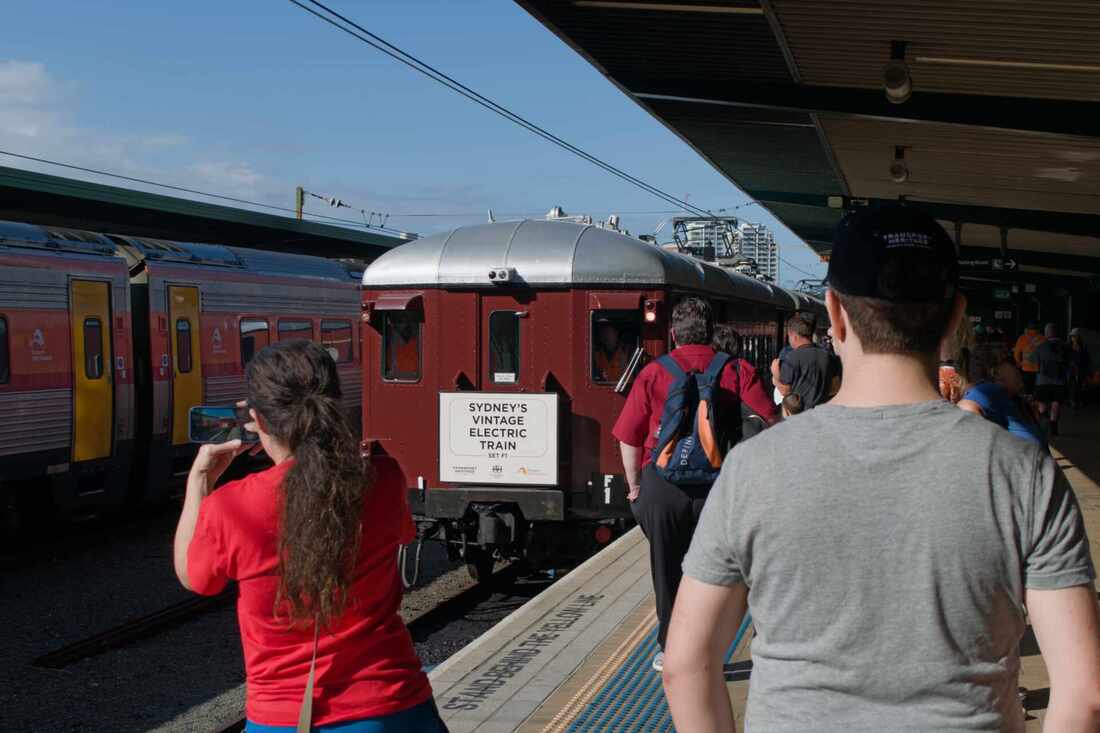
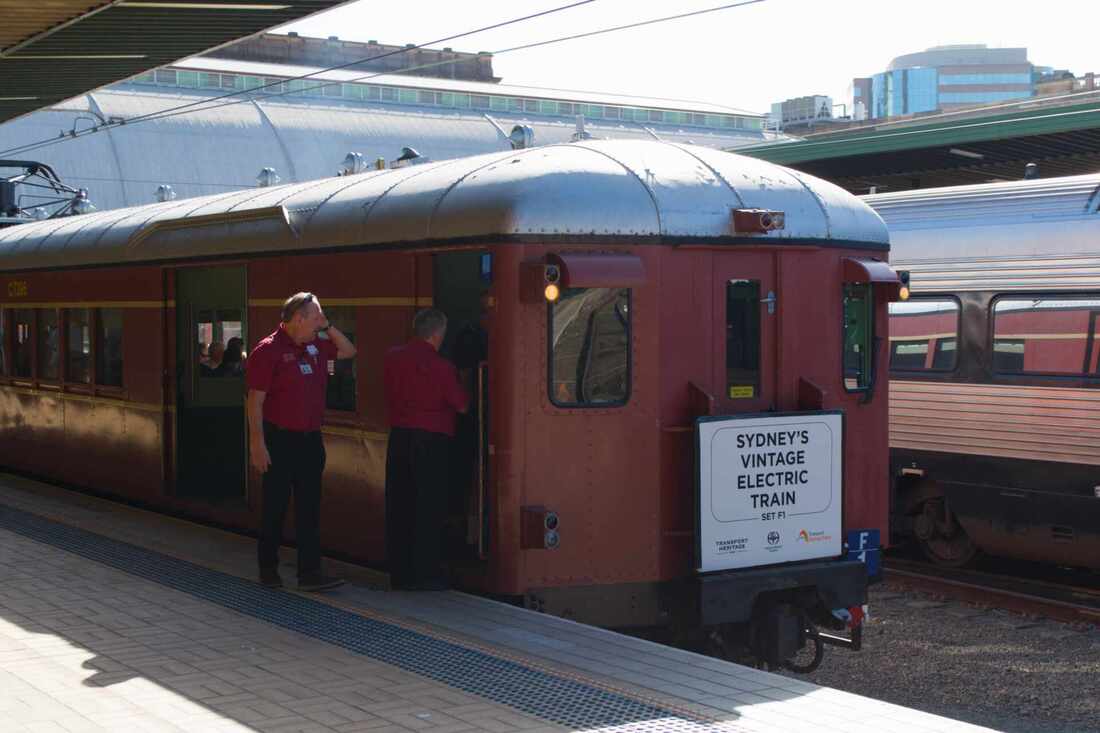
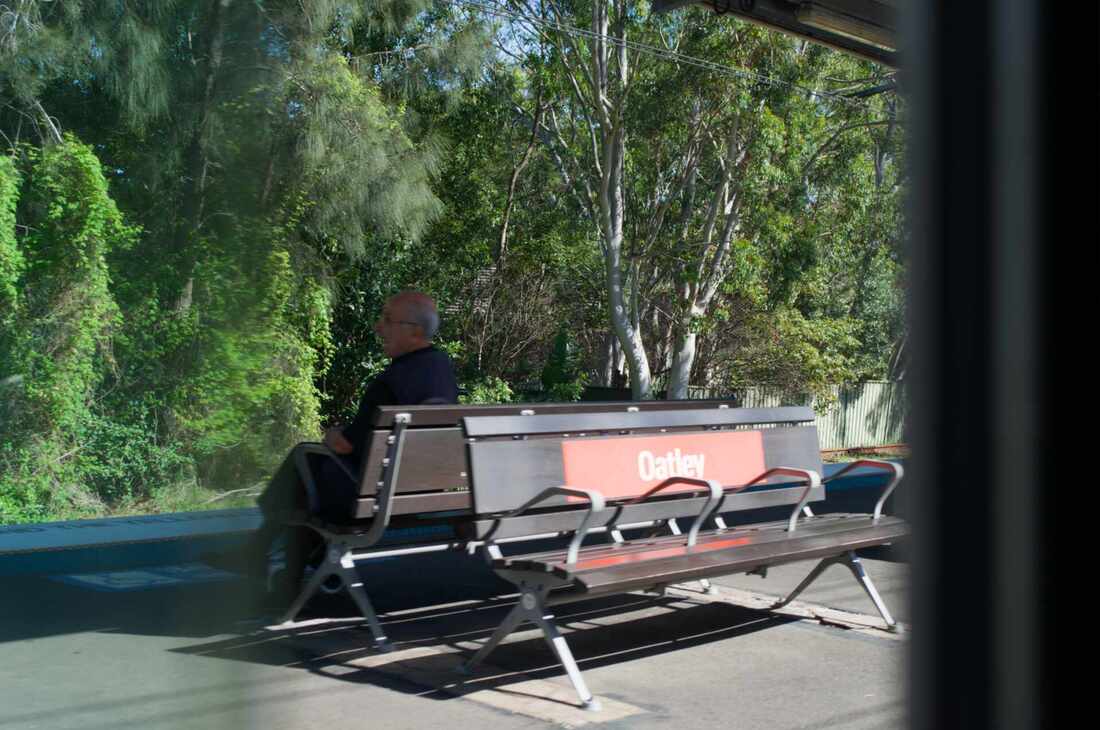
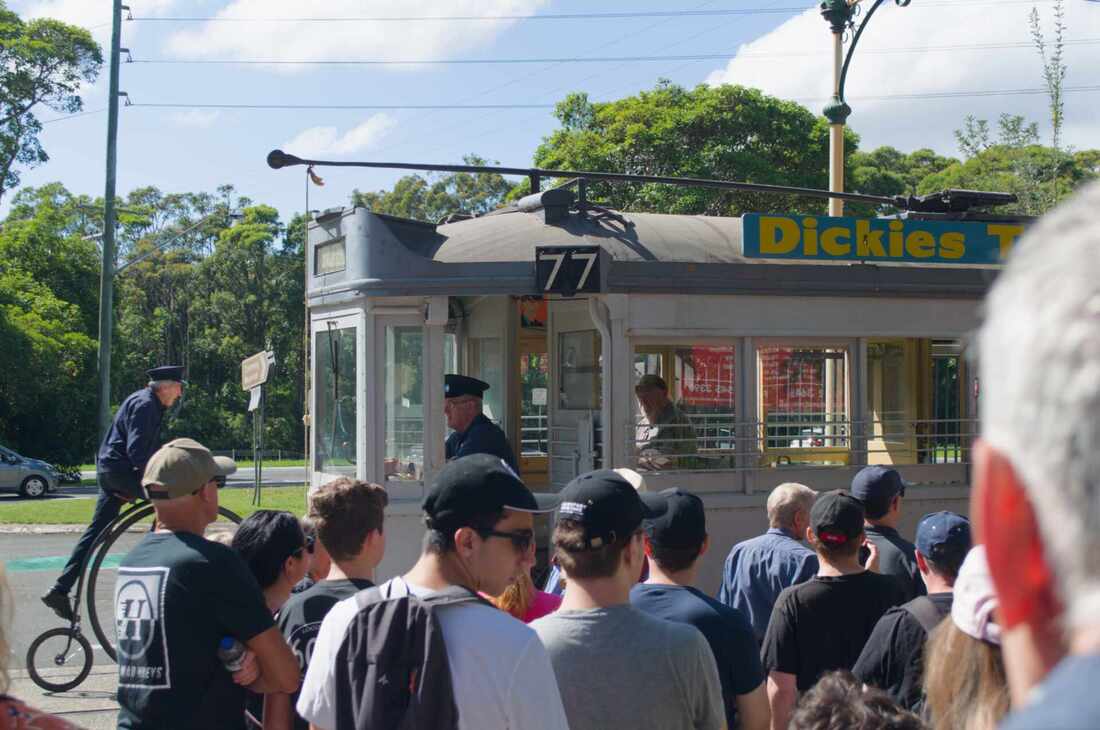
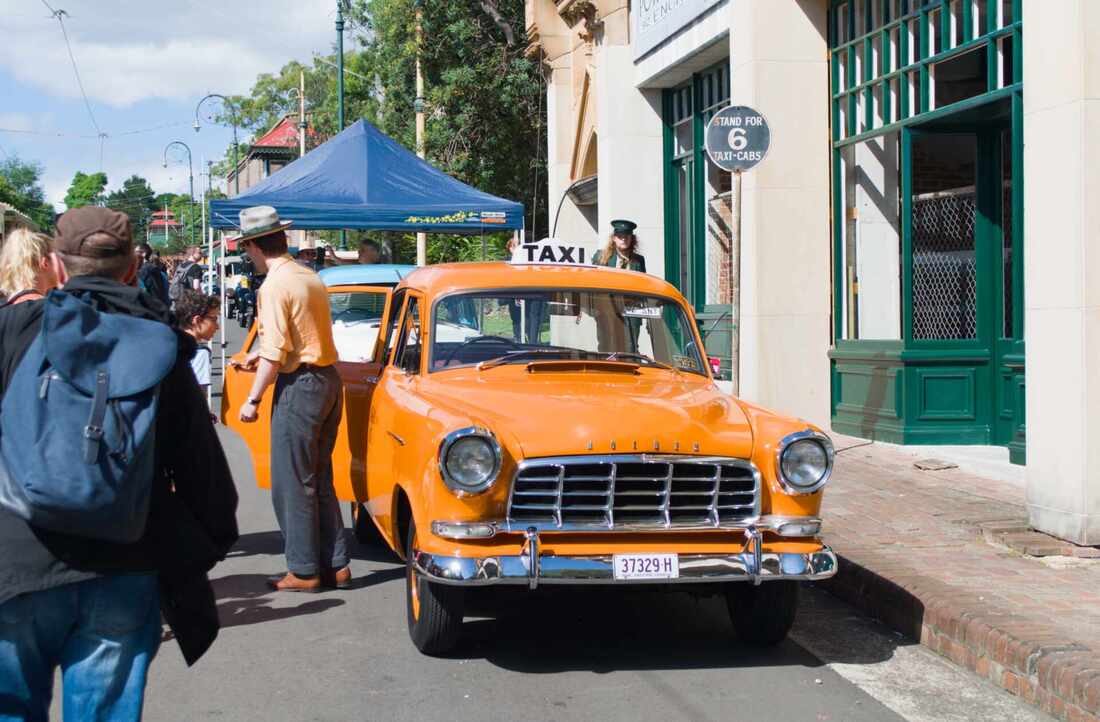
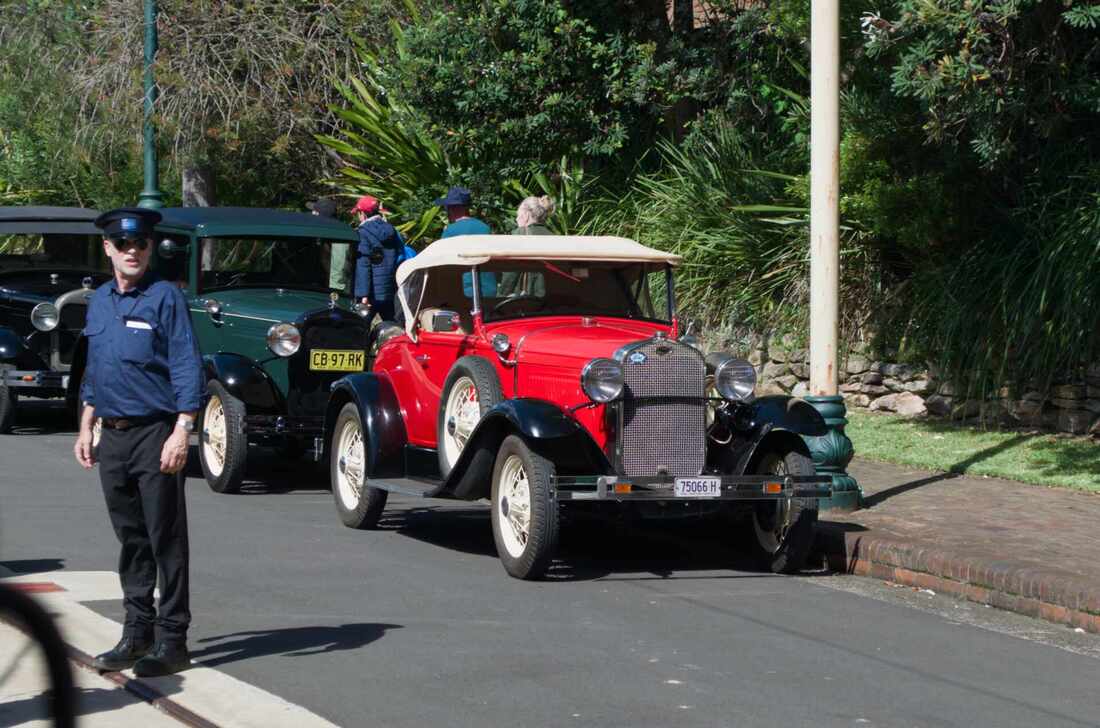
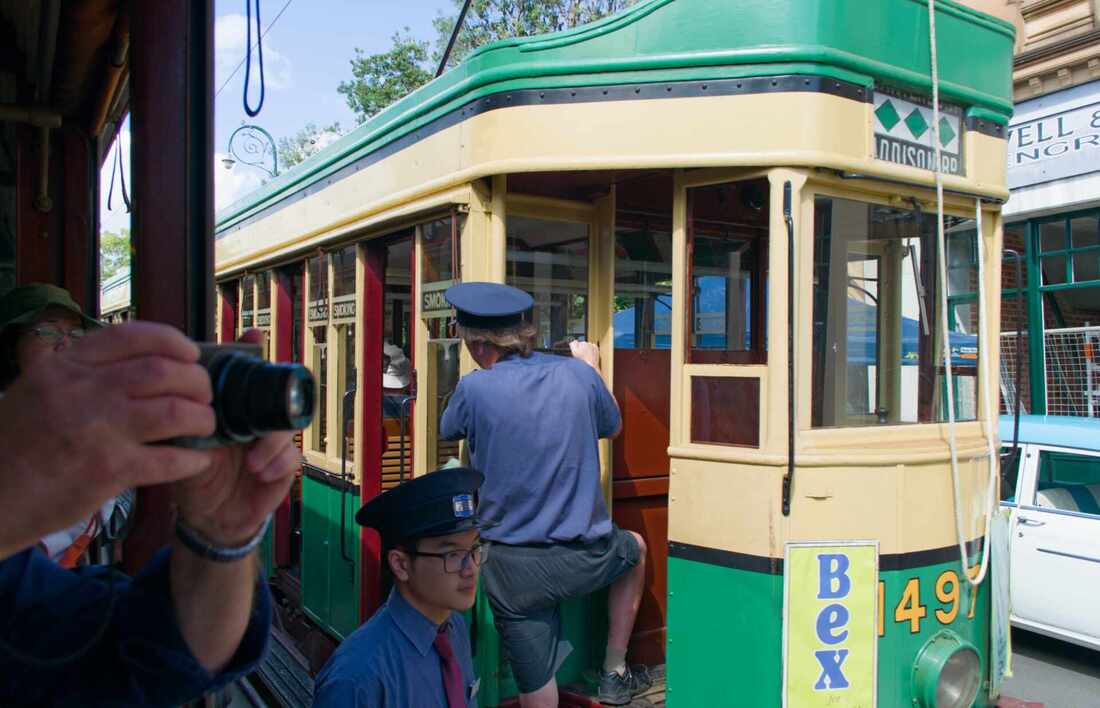
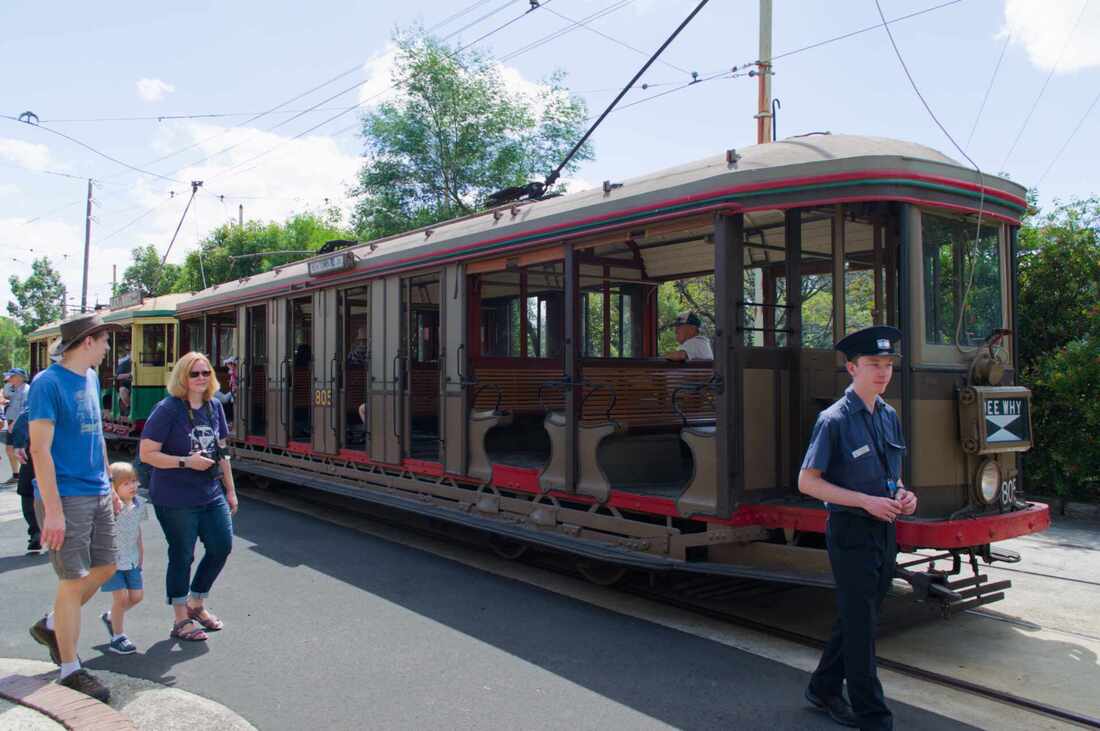
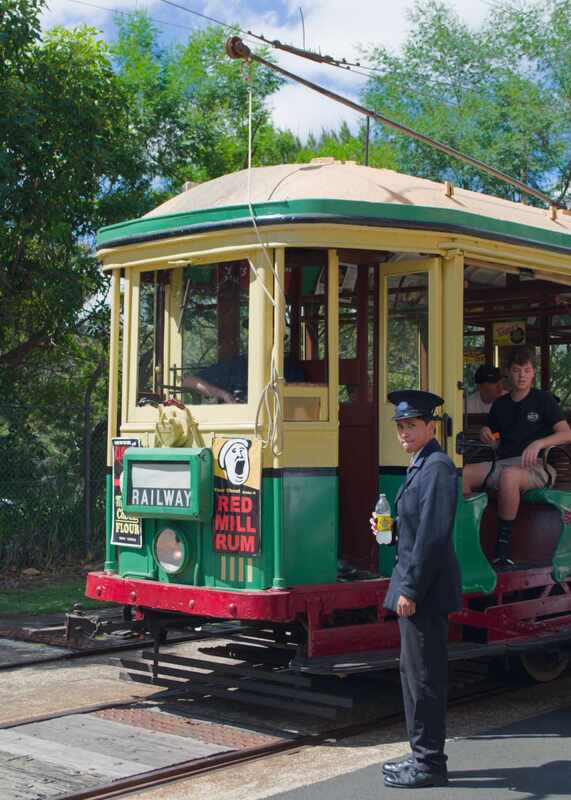
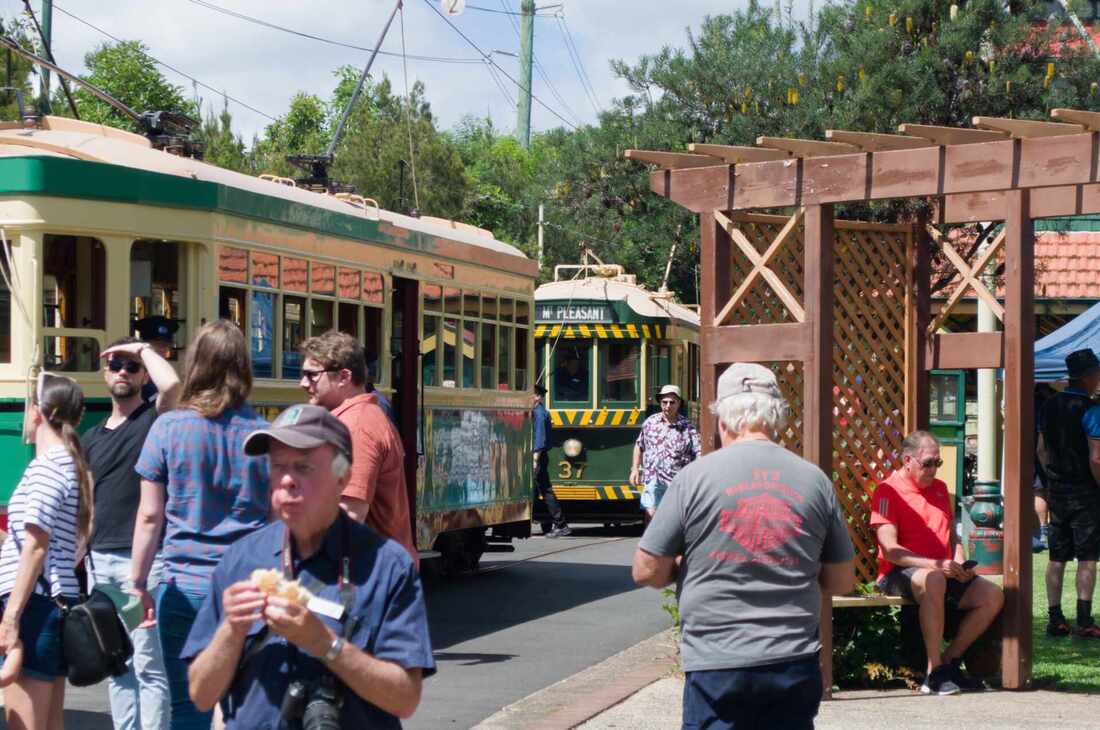
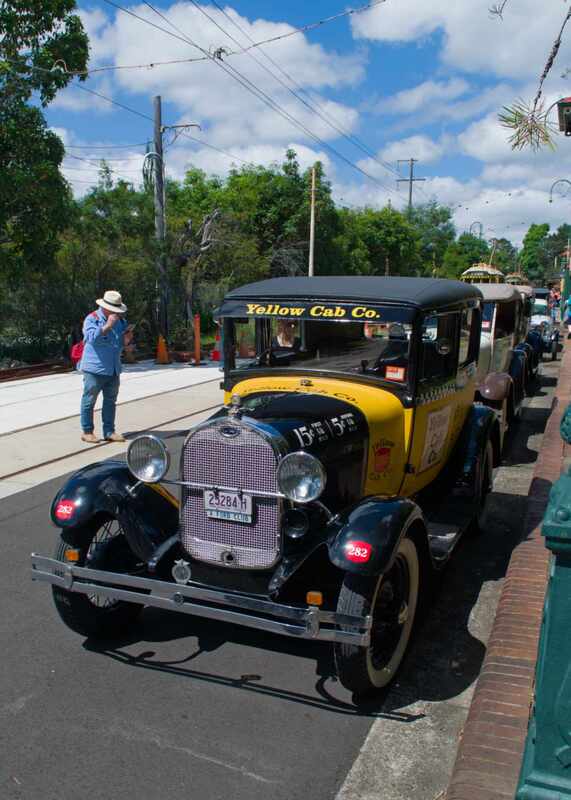
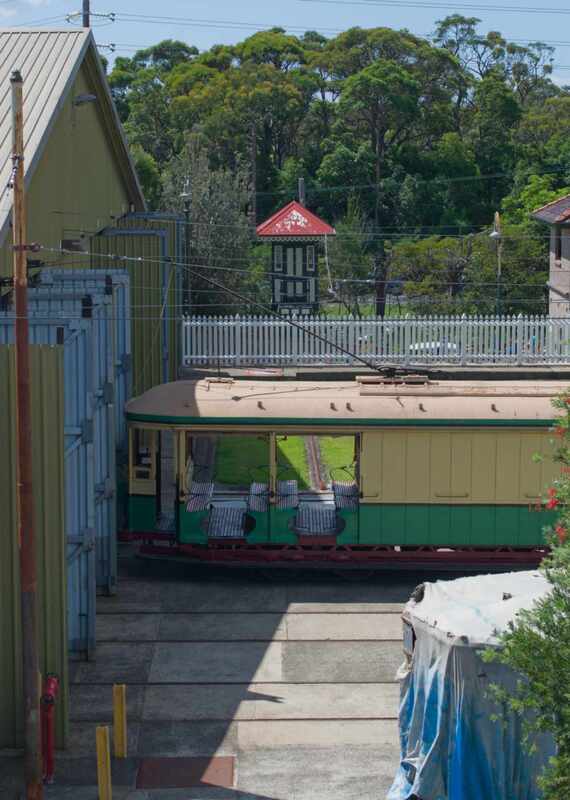
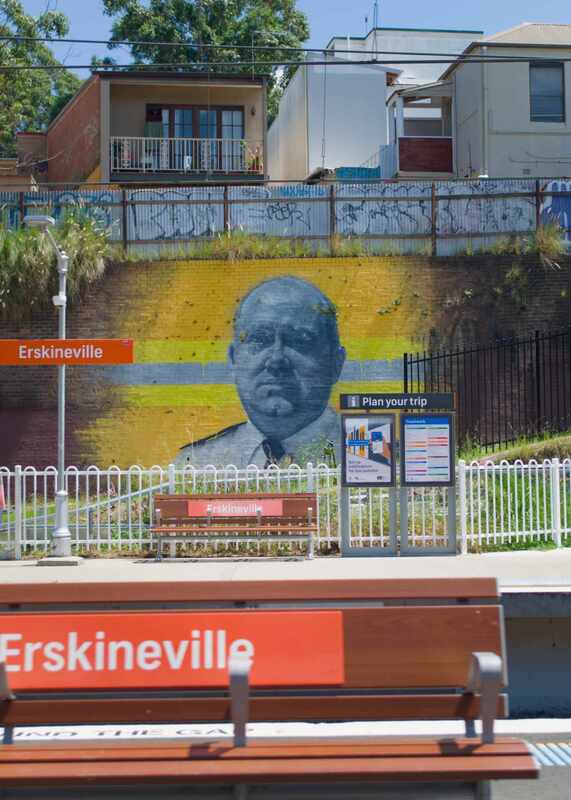
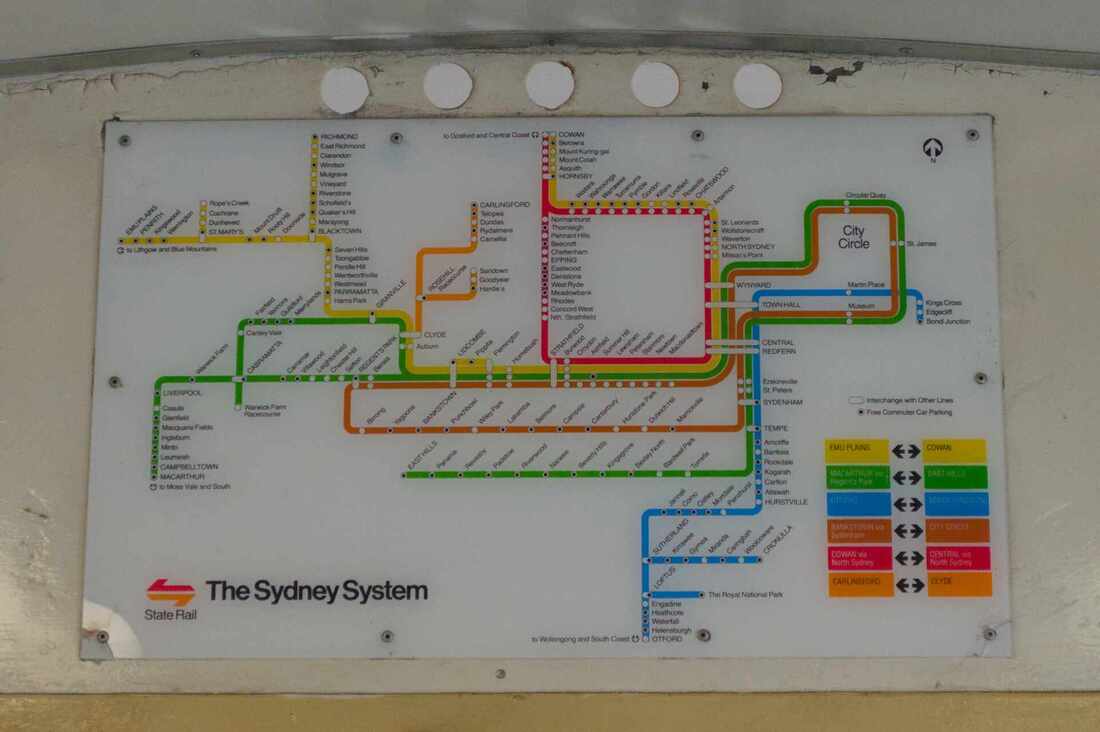
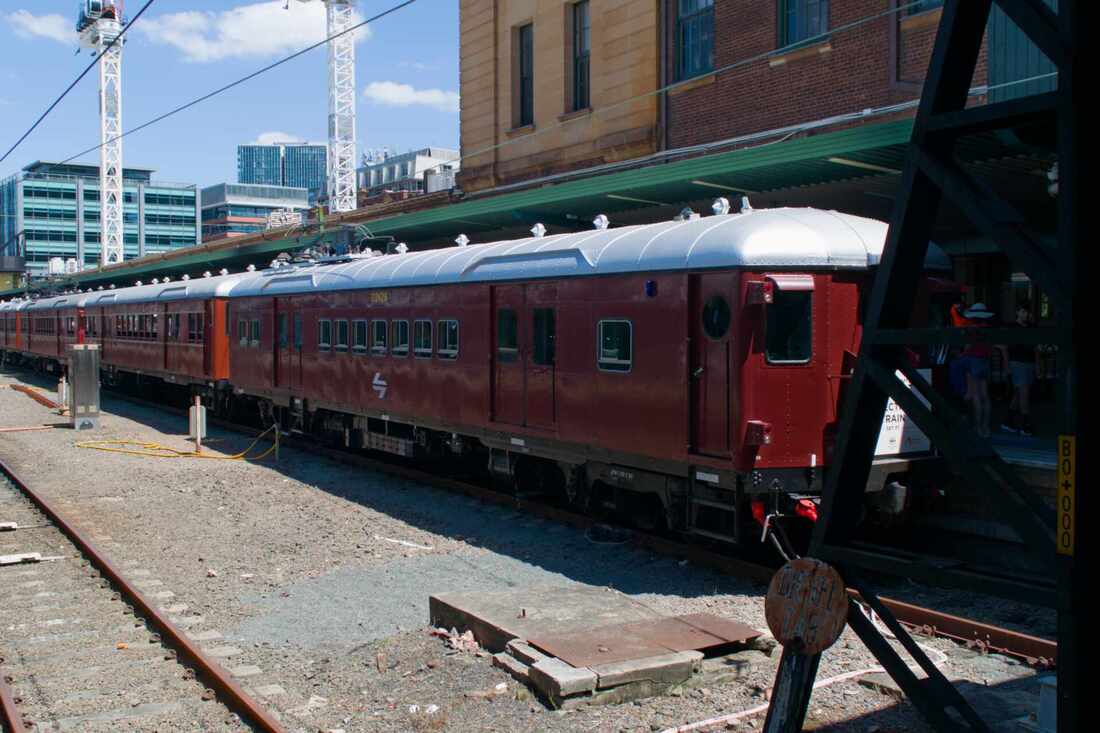
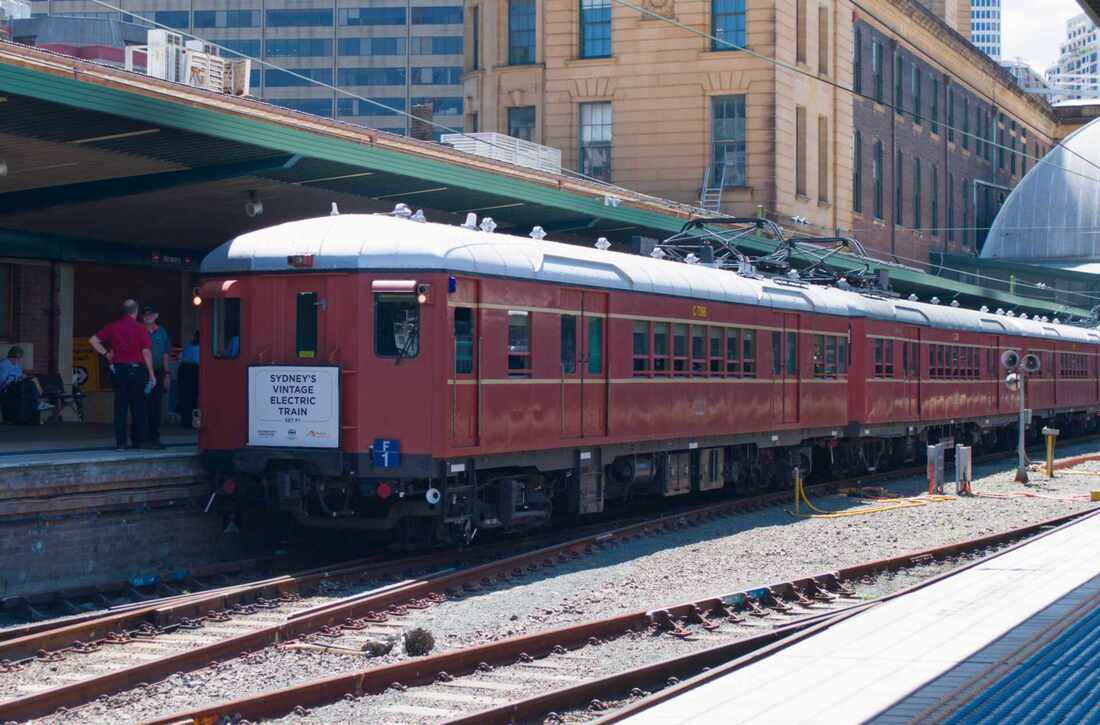
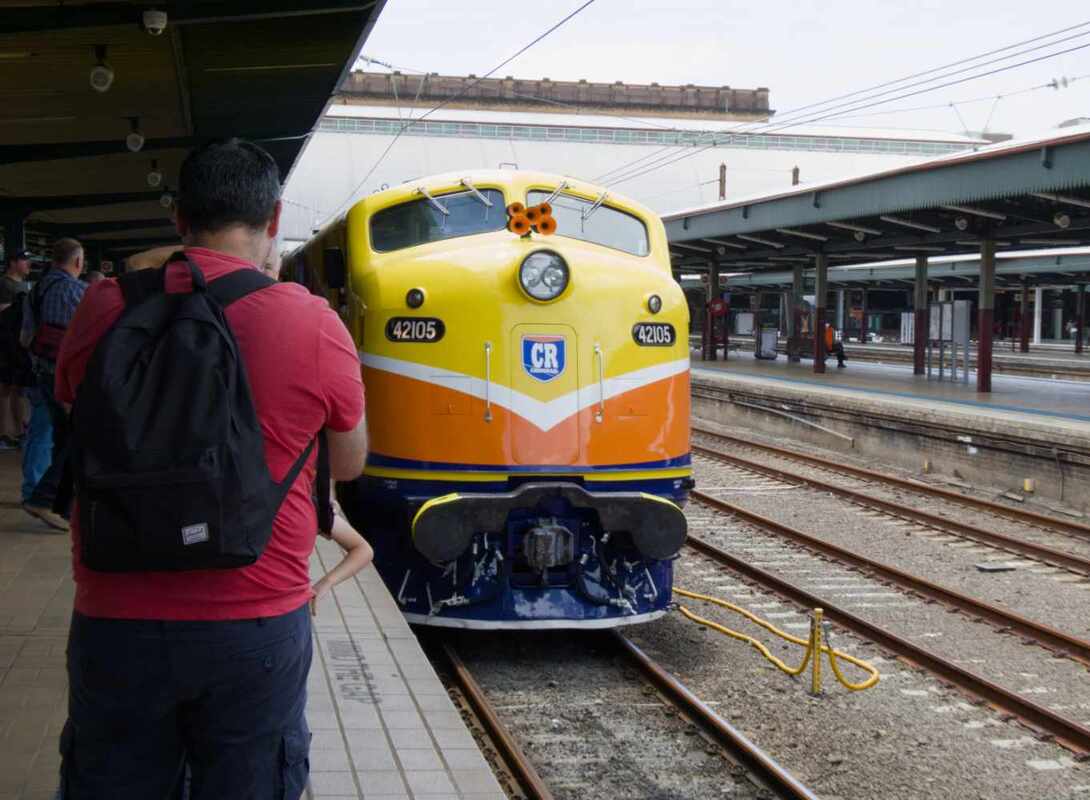
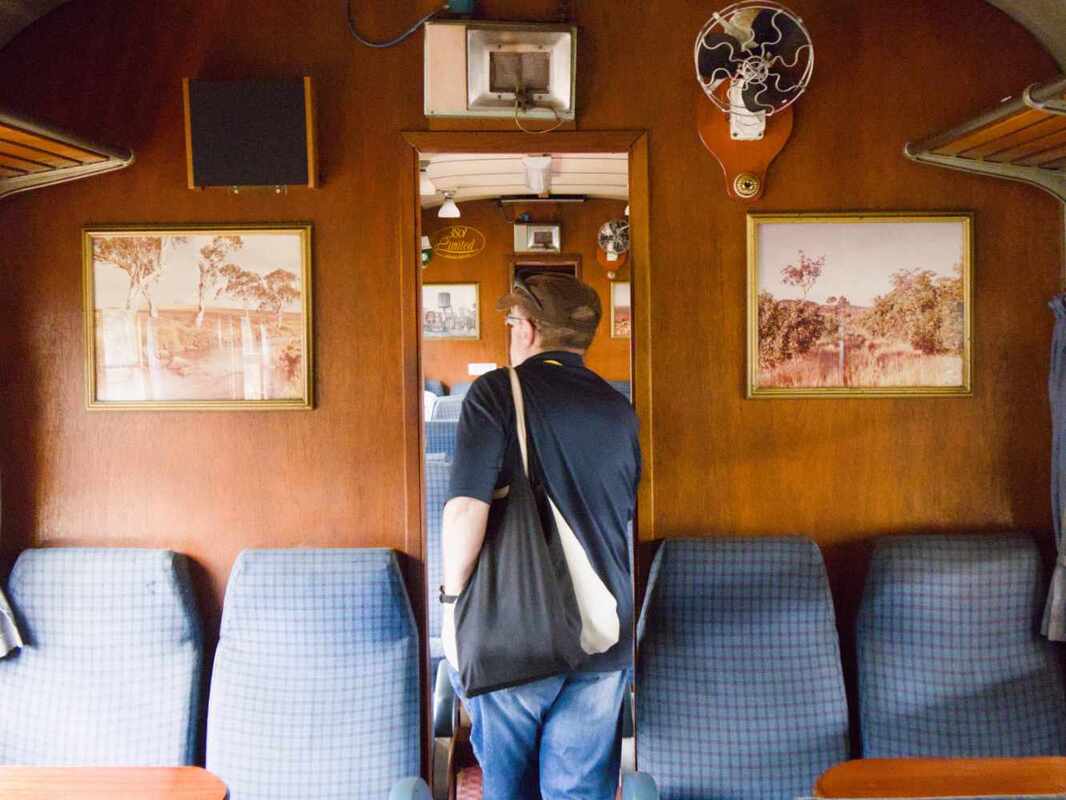
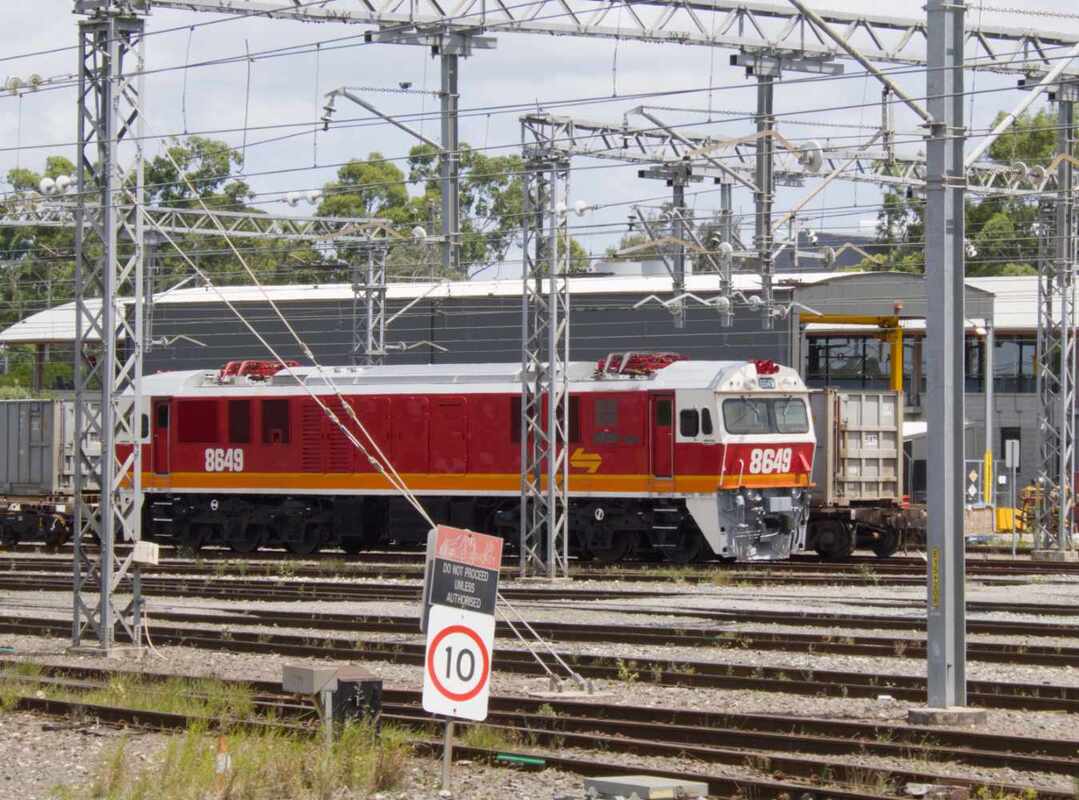
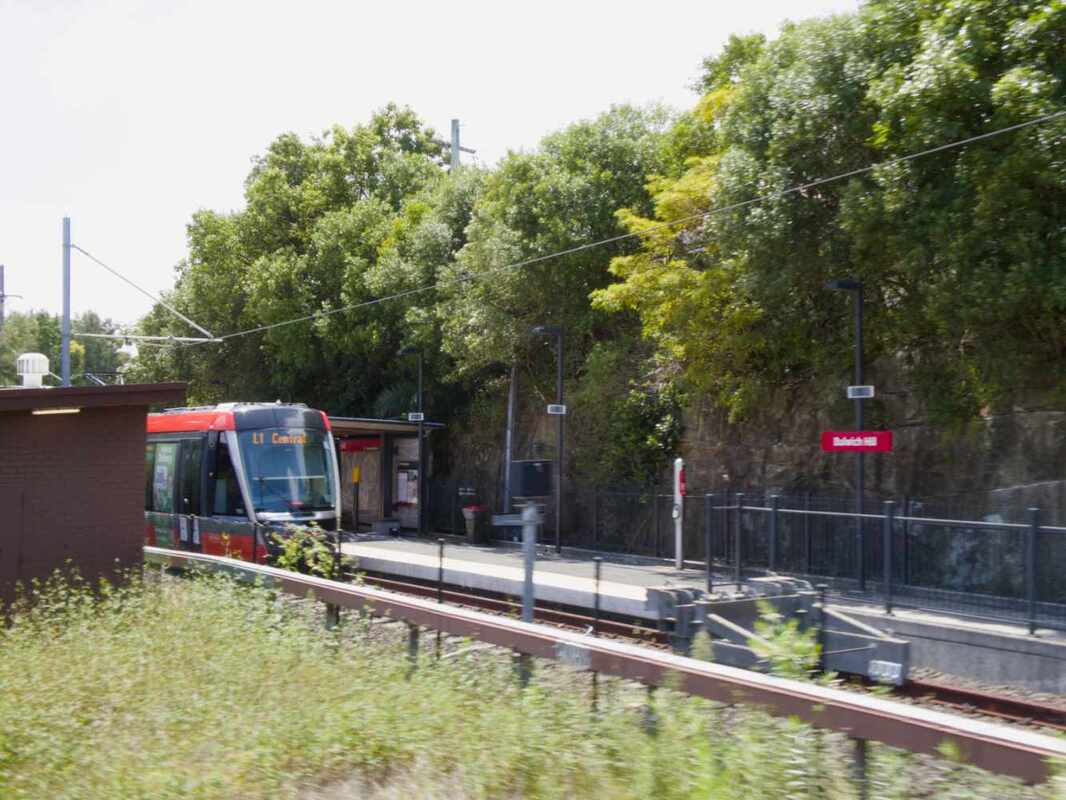
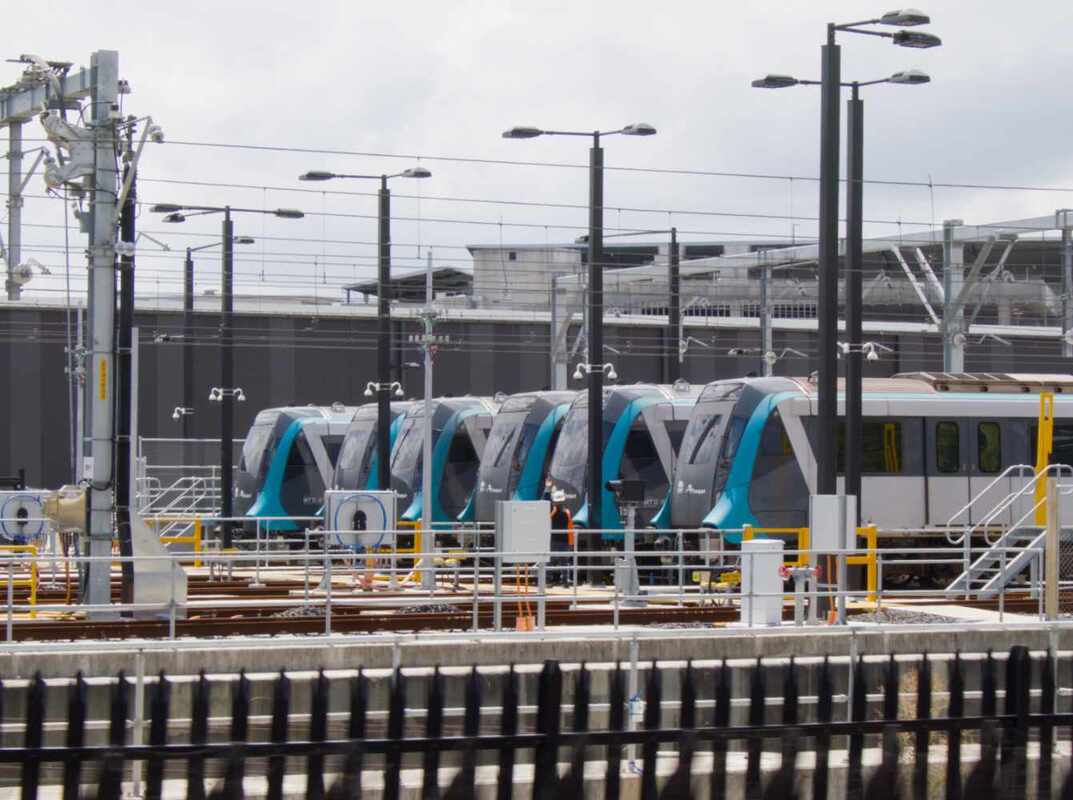

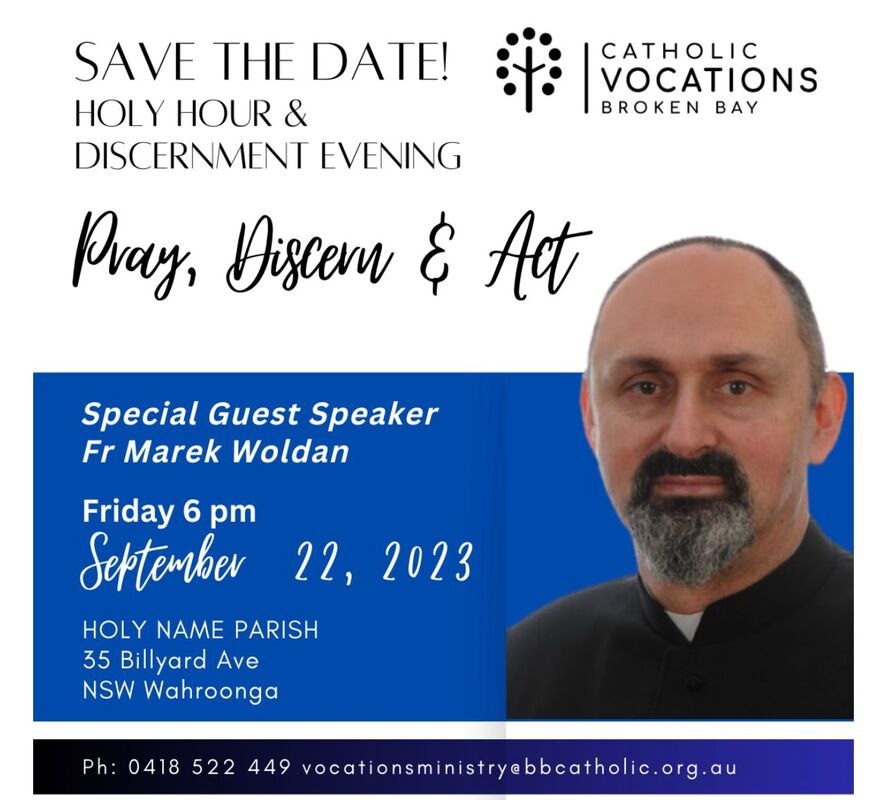
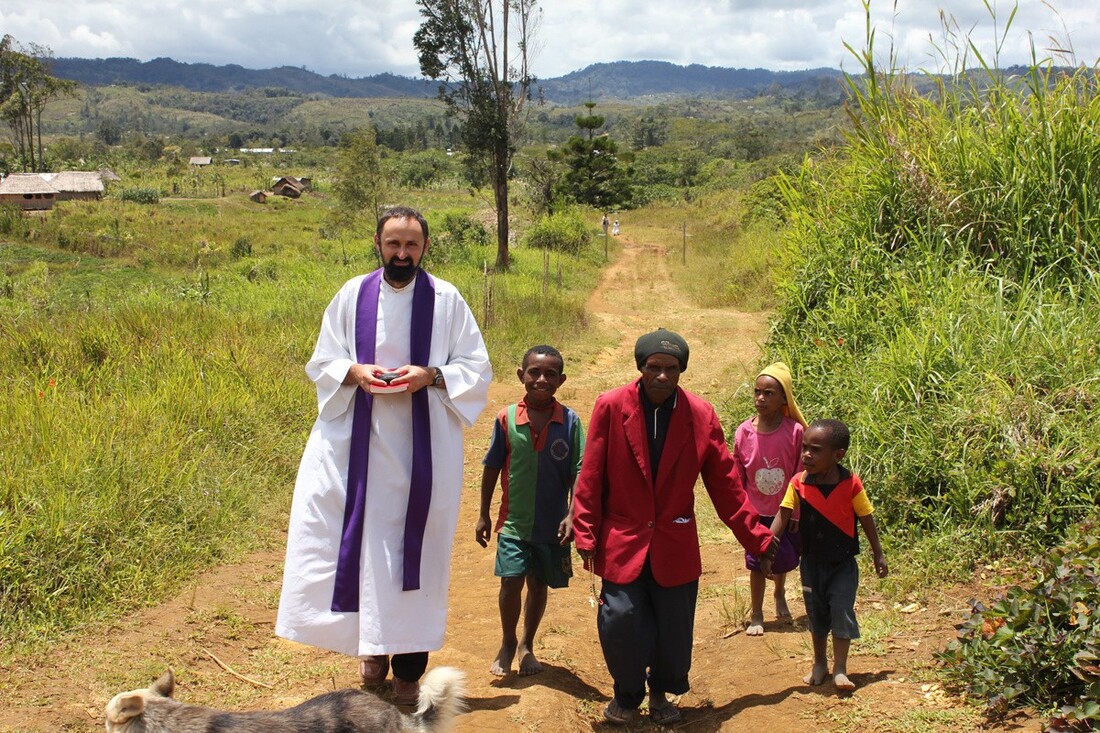
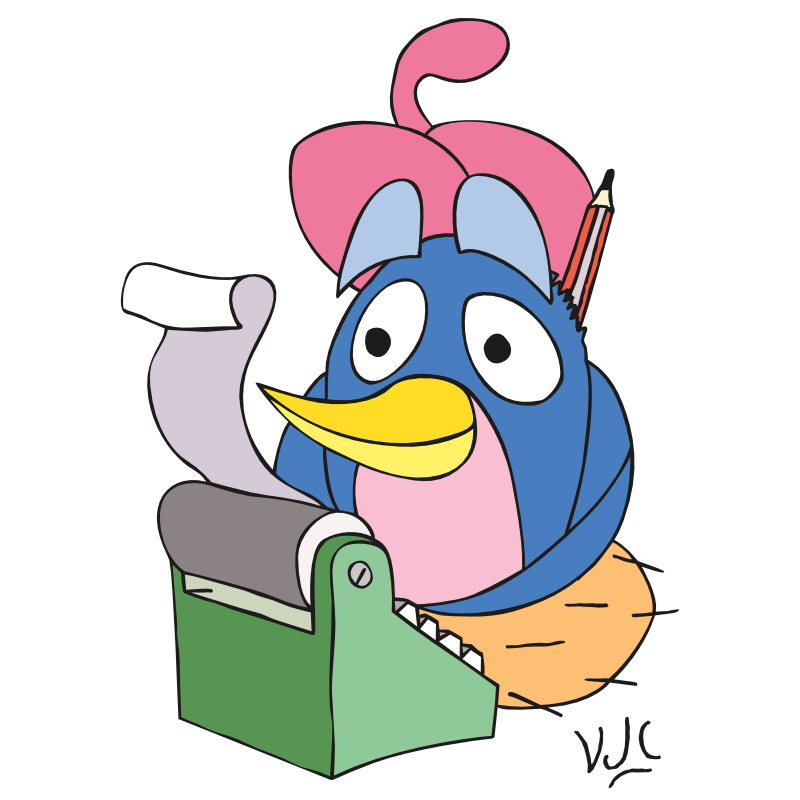
 RSS Feed
RSS Feed